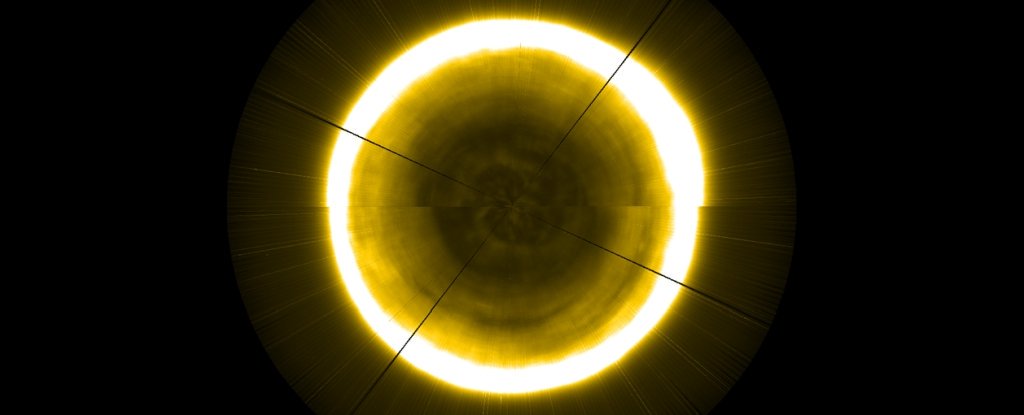The Sun’s North Pole Revealed For The First Time By The European Space Agency (ESA)

Curiosity is one of the most significant traits we, humans, possess. And scientists are inquisitive about the Sun, the natural nuclear fusion plant that gives us energy and sustains the life on Earth as we know it. While many astronomers and space agency’s probes showed our host star in so many different ways, we’ve never seen how the Sun’s poles look like. That until now, however, as the European Space Agency (ESA) revealed for the first time in the history the Sun’s north pole.
The data retrieved by the European Space Agency’s PROBA-2 (PRoject for OnBoard Autonomy 2) satellite, which is now orbiting around the Earth, helped a recent solar mission to piece together the image of the Sun’s north pole, for the first time in the history of humanity.
As the Earth orbits its host star, the Sun, in a more or less flat plane, almost at the star’s equator, known as the ecliptic plane, it’s hard for ground-based telescopes to observe the star’s poles.
The Sun’s North Pole Revealed For The First Time By The European Space Agency (ESA)
“While the poles cannot be seen directly, when spacecraft observe the solar atmosphere they gather data on everything along their line of sight, also viewing the atmosphere extending around the disc of the Sun. Scientists can use this to infer the appearance of the polar regions,” the European Space Agency, ESA, explained.
As the star rotated, ESA’s PROBA-2 “read” the Sun’s elements in extreme ultraviolet wavelengths and then reproduced the Sun’s poles. The scientists from the ESA has been working to the image you can see at the beginning of this article since June of this year and introduced it to a database to acknowledge how the poles of the Sun change in time.
On the other hand, NASA is also curious about our host star so that it sent its Parker Solar Probe to study the Sun. However, NASA’s solar probe would not leave the ecliptic plane, so the first and only image of the Sun’s north pole would remain that provided now by ESA, at least for the time being.
0 comments